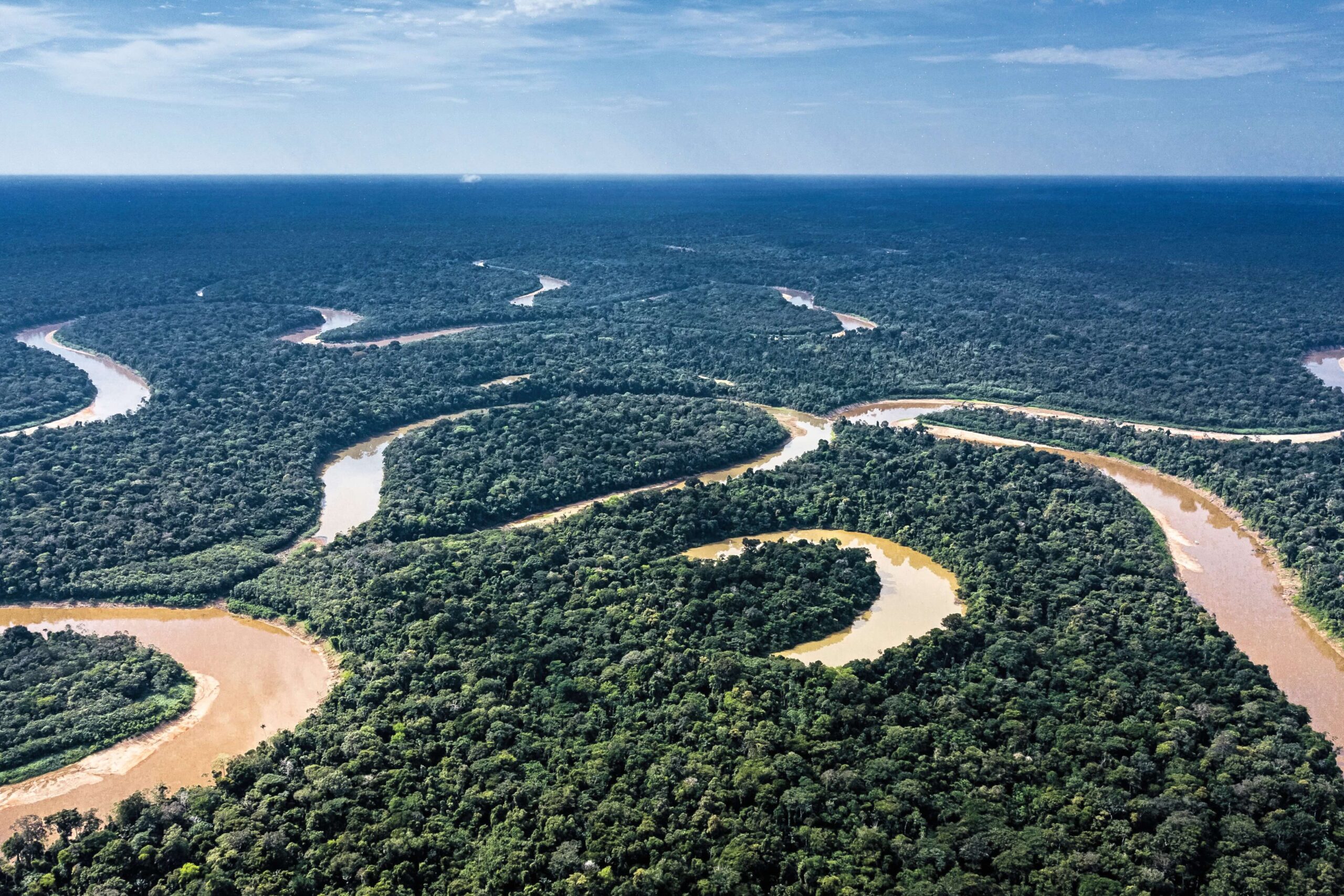Costa Rica, U.S. Ink Conservation Deal
Costa Rica, U.S. Ink Conservation Deal
Long seen as a model for environmentalism, Costa Rica signed a debt-for-nature deal that could put it on the global map in terms of meeting conservation targets.
Costa Rica, long seen as a model for environmentalism, inked a debt-for-nature deal that could put it on the global map for meeting conservation targets. The agreement paves the way for Costa Rica to expand protected marine and rainforest areas and become the first developing country to meet its environmental protection commitments spelled out under the UN Convention on Biological Diversity. At the heart of the program is an accord signed Friday by Washington and San José whereby Costa Rica will draw down its debt to the United States and invest $27 million in conservation efforts over the next 15 years. The Nature Conservancy, which donated nearly $4 million, and the Central Bank of Costa Rica also signed the deal.
The pact isn’t the first of its kind. The United States already has 16 agreements with varying countries under the Tropical Forest Conservation Act (TFCA) of 1998. Many of those deals are with countries in the Americas, including agreements with Belize, Brazil, Colombia, El Salvador, Guatemala, Jamaica, Panama, and Paraguay, as well as a 2007 pact with Costa Rica amounting to over $26 million. The October 15 signature of what’s been dubbed “TFCA2” between the two countries makes Costa Rica the top TFCA recipient in the world. The Central American country also leveraged the debt-forgiveness program to attract millions of additional conservation funds from private foundations.
Though Costa Rica makes up just 0.03 percent of the world’s surface, it stands among the top 20 countries in terms of biodiversity. Five hundred thousand species inhabit its territory while conservation areas make up 25 percent of the country. The funds stemming from the TFCA deal will lead to expanding those protected areas, particularly waterways, through a program called Forever Costa Rica.
Debt-for-nature swaps began in the 1980s and have not been without controversy. As a Congressional Research Service report notes, opponents say the pacts fall short on raising sufficient conservation funds and pose the risk of breaching national sovereignty. Ecuador presents another model via a plan backed by the UN Development Fund that asks for $3.6 billion in donations to preserve its Yasuni National Park rather than drill the unexploited crude reserves lying below the protected area’s surface.
But Time’s Ecocentric blog also weight the benefits of debt-for-nature swaps, contending they open the door for “low and middle-income countries like Costa Rica [to] substitute part of their debt to the United States in exchange for meeting forest conservation and other environmental protection initiatives within their own borders.” This type of deal, contends the post, “allows them to capitalize on nature without having to cut down forests for logging or for farmland.”
Learn more:
- Access the Fall 2009 issue of Americas Quarterly, focusing on the environment.
- USAID website outlining the Tropical Forest Conservation Act.
- Costa Rican official announcement of the agreement.
- UN Convention on Biological Diversity.
- U.S. State Department release regarding the bilateral debt-for-nature pact.
- Map showing areas protected by the Forever Costa Rica program.








